In the hidden corners of gardens and beneath the damp logs of forests, a tiny insect defies the stereotype of indifferent arthropod parenting. The earwig, often dismissed as a mere garden pest, is in fact one of nature’s most devoted mothers. Unlike the majority of insects that lay their eggs and abandon them to fate, female earwigs exhibit a level of maternal care that rivals even some vertebrates. This unexpected tenderness in such a small creature challenges our understanding of insect behavior and offers a fascinating glimpse into the complexities of life in miniature.
The story begins with a meticulously prepared nest. A pregnant female earwig excavates a small chamber in the soil, often beneath a stone or rotting wood, where she will lay her eggs. This underground nursery is no haphazard burrow; it is carefully designed to maintain optimal humidity and temperature. She cleans each egg with her mouthparts, removing fungal spores and bacteria that could threaten their survival. This hygienic ritual is repeated tirelessly throughout the incubation period, which can last several weeks. For an insect barely an inch long, the energy investment is enormous—yet she persists.
What happens next is even more extraordinary. When the eggs finally hatch, the mother earwig continues her care. The nymphs, pale and vulnerable, rely on her for protection and even food. She regurgitates nourishment for them, a behavior more commonly associated with birds than insects. If danger approaches—a predator or even a curious human lifting their hiding place—she will fiercely defend her brood, using her pincers to ward off threats many times her size. Her dedication is such that she will often delay her own feeding to ensure her young are safe and nourished.
Scientists have observed that this maternal care significantly increases the survival rate of earwig offspring. In laboratory experiments, nymphs deprived of their mother’s attention showed stunted growth and higher mortality. The mother’s presence not only provides physical protection but also seems to regulate the behavior of the young, preventing them from wandering into danger or cannibalizing each other—a grim reality in many insect species where parental care is absent. This social structure, simple as it may seem, hints at an evolutionary advantage to nurturing that we are only beginning to understand.
The earwig’s maternal instincts raise intriguing questions about the origins of caregiving in the animal kingdom. Traditionally, insects were viewed as "programmed" by instinct, incapable of flexible behavior. Yet the earwig mother adjusts her care based on environmental conditions—staying with her young longer if temperatures drop, or leading them to new food sources if resources are scarce. This responsiveness suggests a cognitive flexibility that blurs the line between instinct and learned behavior. Researchers speculate that such traits may have paved the way for more complex social structures in other species, including our own.
Beyond biology, the earwig’s story carries a metaphorical weight. In a world where insects are often symbols of mindless proliferation, she stands as a reminder that devotion exists in unexpected forms. Her vigilance mirrors the sacrifices made by caregivers across species: the exhaustion, the relentless attention to needs not her own, the vulnerability that comes with loving something fragile. Perhaps this is why studying creatures like earwigs matters—not just for what they teach us about ecology, but for how they reshape our perceptions of the boundaries between "simple" and "complex" life.
As autumn arrives, the mother earwig’s mission nears its end. Her nymphs, now stronger and independent, disperse into the world. She, weakened by months of selflessness, will often die as winter approaches—her purpose fulfilled. The next generation, having benefited from her care, carries forward this paradoxical legacy: a despised insect that practices one of nature’s purest forms of love. In the grand tapestry of life, the earwig whispers a subversive truth: greatness is not measured by size or reputation, but by the depth of one’s care.
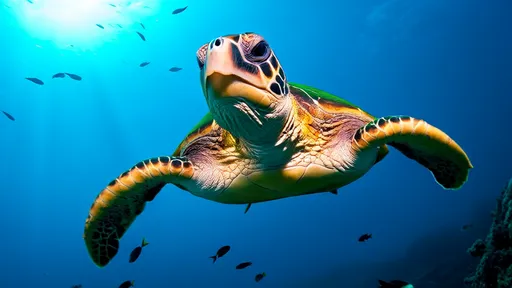
By /Jun 10, 2025
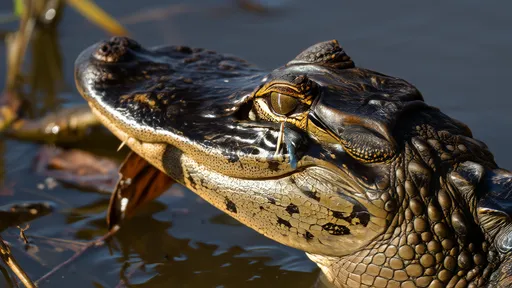
By /Jun 10, 2025
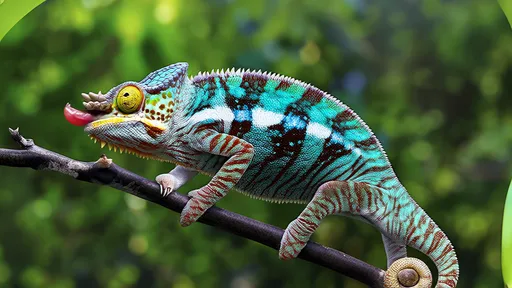
By /Jun 10, 2025
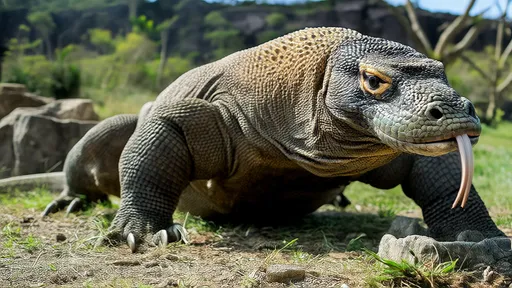
By /Jun 10, 2025
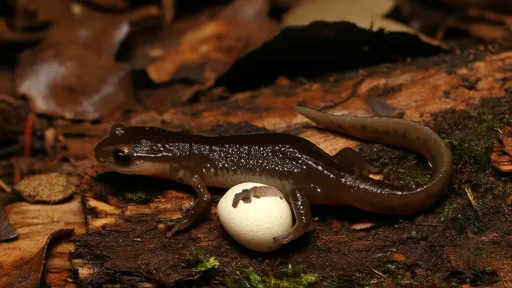
By /Jun 10, 2025
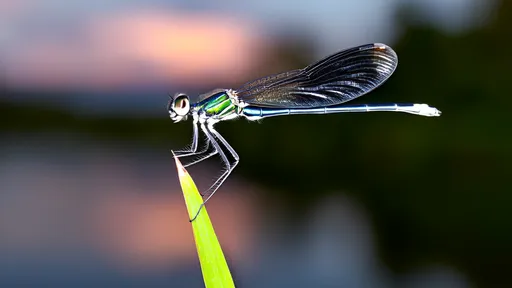
By /Jun 10, 2025
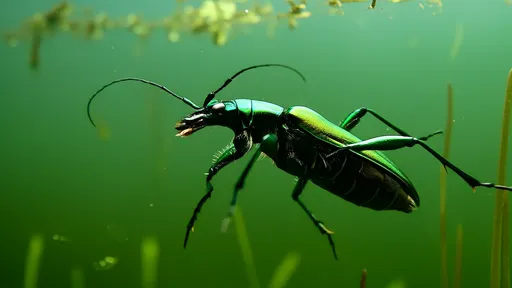
By /Jun 10, 2025
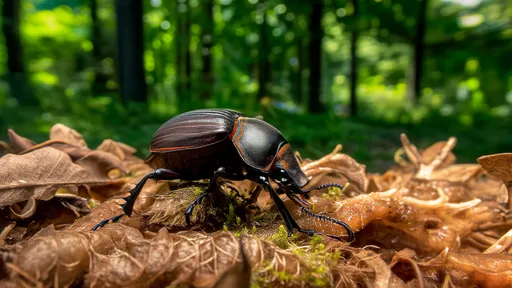
By /Jun 10, 2025
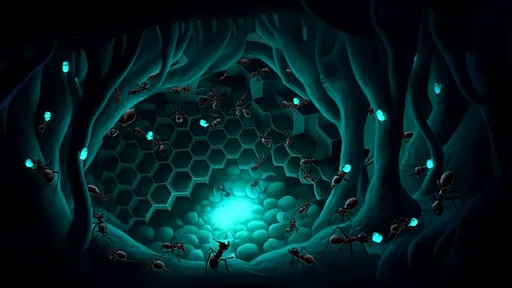
By /Jun 10, 2025
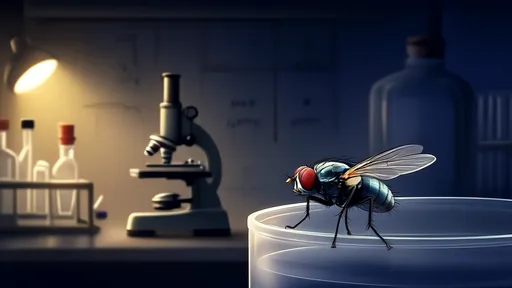
By /Jun 10, 2025
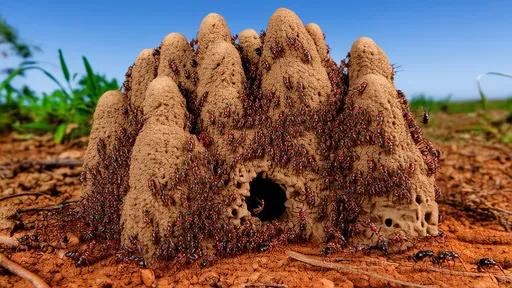
By /Jun 10, 2025
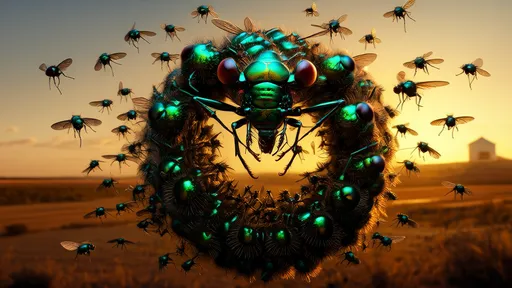
By /Jun 10, 2025
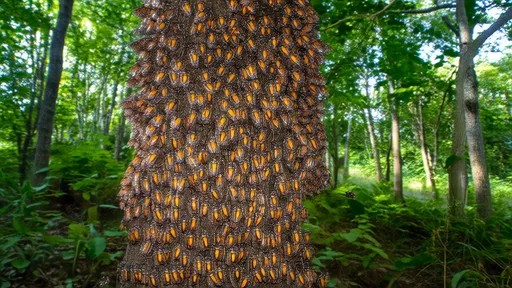
By /Jun 10, 2025
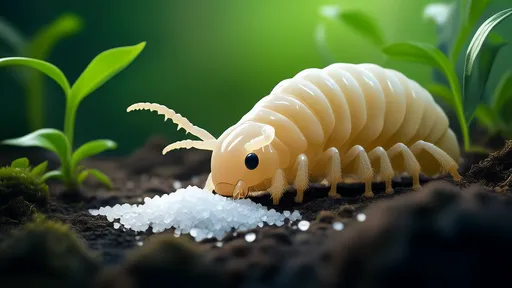
By /Jun 10, 2025
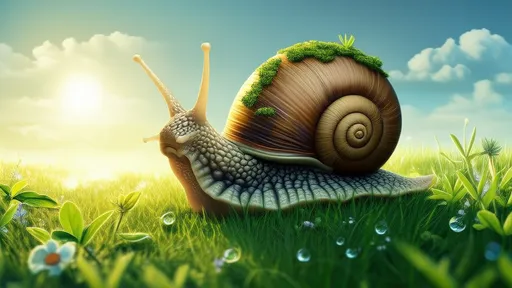
By /Jun 10, 2025
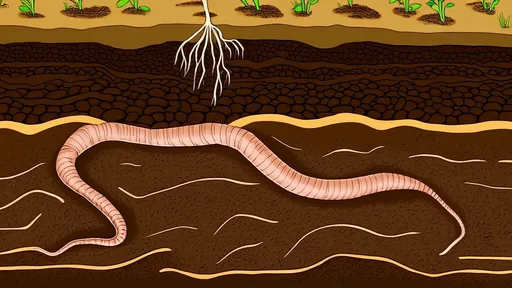
By /Jun 10, 2025
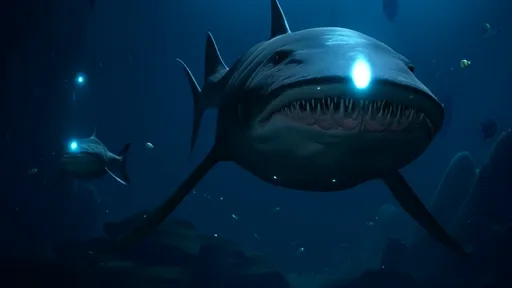
By /Jun 10, 2025